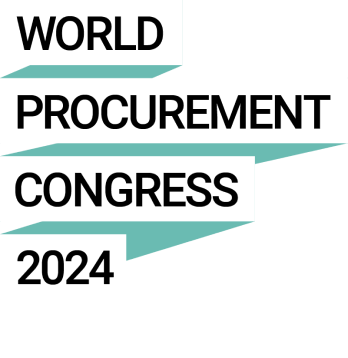For many procurement and supply chain leaders, it is standard practice to involve suppliers early when developing new products and services. But does it work?
Early supplier involvement is a term that has evolved since the 1990s, when the world discovered that Japanese automotive OEMs such as Toyota and Honda outperformed their competitors in terms of design quality and time-to-market. Part of the explanation was the then famous ‘Toyota Production System’, an approach to organising manufacturing and logistics efficiently and without waste. Moreover, Toyota, in particular, had set up ingenious systems for collaborative product development by delegating tasks to its closely connected suppliers – its supplier keiretsu. By outsourcing more of the development tasks, product development projects could be organised more efficiently and – importantly – leverage suppliers’ knowledge and expertise more effectively.
Two types of supplier involvement
Although early supplier involvement has been used to refer to collaborations with suppliers in product development, the term itself is misleading. In Maastricht University’s large-scale review of 11,000 new product development projects, we distinguished between two types of supplier involvement: the moment, or timing; and the extent, or intensity.
The moment of supplier involvement closely aligns with the popular understanding of ‘early’ supplier involvement and suggests that the participation of suppliers during the early stages of product development helps enable the discovery of new materials, technologies, and parts to be incorporated in the design, as well as the early discovery of potential flaws on the design-manufacturing interface (see Figure 1, below).
In contrast, the extent of involvement refers to the delegation – or outsourcing – of specific engineering and design tasks to knowledgeable partners. By allowing suppliers to contribute directly to product/part design, the buying organisation can connect to diverse knowledge sources more effectively, as long as it retains control over the architecture and interface design. Buying organisations can amend the extent of supplier involvement by altering the degree to which they specify their requirements (see Figure 2, below).
I often use the example of the development of the first electric vehicle for a major automotive OEM. Given an EV will weigh much more than a car with a regular combustion engine, the wheels need to be redesigned. It is in the buyer’s best interest to leverage its partner supplier’s expertise to reinvent the wheel for the electric vehicle.
This example helps illustrate the difference between the two approaches. On the one hand, if the buying organisation were to involve the supplier early, seek ideas on materials and production methods, it would have to absorb all the supplier’s knowledge, then design a new wheel itself. Subsequently,as standard practice, outsource the production of the wheel – including prototyping –to this or another supplier. On the other hand, if the buyer would involve the supplier intensely, it would provide the functional specifications (see Figure 2, above), such as the expected weight of the new car, and request a new wheel design from its supplier.
Seek extensive, not early, supplier involvement
Our research, based on some 11,000 new product development projects, shows that the latter approach of involving suppliers extensively provides superior returns and enables more efficient product development by helping to reduce costs and time-to-market, among other areas. It also helps to improve the effectiveness of the new product in areas such as product quality and market performance. Extensive supplier involvement enables concurrent engineering and enables the buying organisation to incorporate supplier expertise in the design of new parts more efficiently. The real benefits of ‘early’ supplier involvement can be obtained by integrating the specialised knowledge of the supplier(s). Meaningful connections with suppliers allow for collaborative product development without the need to share or transfer intellectual property.
How to get supplier involvement right
There are many examples that show how difficult it is to get supplier involvement right. Managers should aim to establish buyer-supplier relationships in which they can access external knowledge while developing a new product. Earlier involvement, as such, is not always better and does not lead to improved product quality, financial performance, or product innovativeness. To fully benefit from the innovation potential of a supplier network, buyers should ensure following conditions are in place:
- Strong competences in supplier / supply market scouting of the innovation potential,to bring innovative solutions from the supply base to the business.
- Collaborative and trusting relationships with an array of strategic suppliers to leverage tomorrow’s solutions to tomorrow’s demands.
- Close management and supervision of ‘outsourced’ product development tasks, to deliver consistent product architecture and interfaces.
- Consideration and management of intellectual property that remains with the supplier, such that the buyer does not need to pay to own this knowledge.
About the author
Robert Suurmond is an assistant professor in purchasing and supply chain management at Maastricht University’s School of Business and Economics. He studies capabilities to manage knowledge between organisations and his research explores collaborative innovation in supply chain management. Robert received his PhD from Erasmus University, Rotterdam School of Management.

















